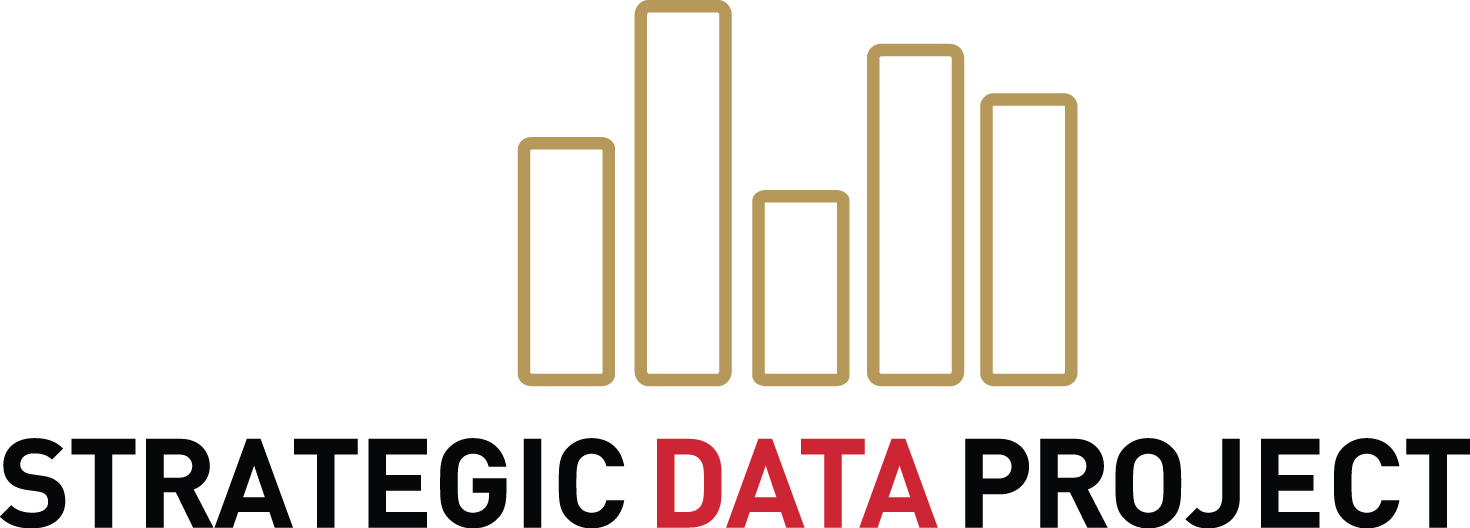 Brown University health economist Emily Oster visits the SDP network to detangle the data around COVID in schools.
Brown University health economist Emily Oster visits the SDP network to detangle the data around COVID in schools.
Emily Oster, Brown University professor of economics, has been on the front lines of translating emerging evidence about COVID and schooling to the public. Oster has rightfully identified uncertainty as the core organizing principle of the pandemic, and she’s addressing it head on. Uncertainty is felt acutely by those in the education sector, particularly as schools and districts face waves of decisions around if, when, and how to safely open (and close). “Uncertainty has also pervaded policy decisions in 2020,” explained Oster, “and the first step in addressing uncertainty is to start gathering data.”
Since data-informed decision making in education is at the center of the mission of the SDP network, the community gathered with Oster via Zoom this month for an engaged conversation about the hows, whys, and risks of operating schools under threat of COVID-19.
During this conversation, SDP affiliates gained an inside look into the COVID-19 School Response Dashboard, a tool Oster and her colleagues developed to collect and analyze data about COVID-19 infection rates and mitigation strategies in schools. And while the audiences of mainstream media outlets often don’t call for the level of depth in discussions of such tools as data dashboards, SDP engaged Oster in a nuanced conversation about the manifold ways the dashboard’s data can be viewed and filtered to report the subtle and personalized stories that are often lost without a closer look.
“Most of the people in the SDP network are embedded in school systems,” noted Miriam Greenberg, director of SDP, “and they’re thinking about how this pandemic is differentially affecting their students. With imperfect evidence, we need to be learning from our collective data as it emerges.” Having first-hand access to experts like Oster allowed former and current SDP Fellows and partners a new, cross-cutting perspective on the already complex issues they face in their work. As Oster walked through both her frameworks for thinking about uncertainty and her approach to interpreting the dashboard’s data, fellows and alumni surfaced questions about:
- How to communicate data analysis around COVID-19.
- What considerations need to be involved in calculations about school building closures.
- What questions researchers embedded in education systems should be asking in the coming year.
- Keeping data conversations people-centric.
- Addressing data weaponizing.
- How COVID-19 responses and situations differ between K-12 and post-secondary institutions.
Additionally, fellows flagged for discussion the shift from creative solutions in the early days of the pandemic to a binary choice between opening or not this fall. “When this all started,” one fellow observed, “it seemed everyone was engaged in a conversation about how we had an opportunity to redesign the old systems that didn't serve people well, historically. I can't help but notice as time has passed that the conversation has shifted from one around how to rethink education and guide it in a more equitable and accessible direction to a binary choice between reopening or not reopening.”
Oster responded that the conversation about how to design creative solutions in education didn’t start early enough, and she also noted the logistical complexity of designing systems, particularly large systems, under the stress of a time crunch.
This conversation wasn’t merely one-way, either, as Oster queried the fellows about sources of data and best practices specific to the educational domain. “As a health economist, I thought that gathering all the data we needed about students and schools would be easy,” Oster quipped. “This is where it becomes obvious that I’m new to working in education.”
Fellows surfaced a number of resources that Oster, and anyone, can use to seek data-driven answers. In lieu of districts and central offices, for example, many teachers and staff are releasing their own unofficial dashboards to track COVID cases in their schools (Pflugerville ISD provides one example.) In other areas, schools and districts are reporting cases to their respective states (see Kentucky and Texas.) Fellows also surfaced examples of creative reopening options and other public data reports.
SDP Fellows and partners are at the forefront of analyzing data and implementing innovative solutions to one of our most pressing education challenges. As we continue to navigate the uncertainty of the pandemic, SDP Fellows and partners are putting their heads together with leading experts like Dr. Oster to figure out what can be learned from our data and to create innovative supports for students and families in this critical moment.
